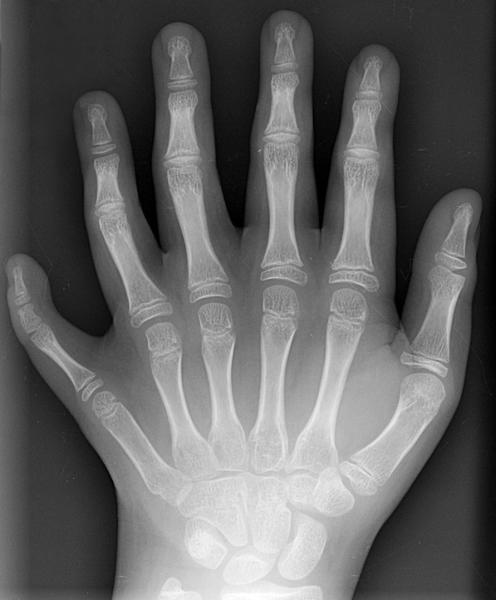With bomb cyclones, blizzard conditions and a polar vortex prompting school closures and other restrictions, it would seem an optimal time to detail cold-related illnesses and deaths for the purposes of prevention. But, been there, done that. Instead, as snow days tend to make some a bit stir crazy, I figured I would simultaneously perform a public service by being educational and informative, yet also be compelling.
Nature and the human body in its development and capacity for resilience can be quite fascinating. Before delving into a few conditions that will pique your interest along the “did you know this was physically possible” line, I highly recommend being sensible to avoid some of the pitfalls of winter. To do so, review Winter Is No Wonderland and Snowstorm ‘Stella': Say No To Hypothermia And Frostbite for tips on strategies to stay safe in inclement weather and learn warning signs.
Did you know there is a precise moment in your heart rhythm when if struck in the chest your heart will stop?
Commotio cordis is responsible for cardiac arrest and sudden death from a fatal arrhythmia (aka ventricular fibrillation) resulting from a nonpenetrating blow to the front of the chest in the precordial area. Often, the sudden impact does not appear that worrisome. But, despite historically low survival--previously 10%, this has improved over the years--up to 58%-- due to increased awareness of early identification and need for immediate resuscitation.
This scenario is more common in young male, otherwise healthy athletes with strikes from baseballs being a familiar culprit. That said, cases have been reported from various sports like karate and lacrosse. It just takes perfect timing and contact in the sweet spot for trauma to take place from suitable small flying objects to swinging fists. Roughly 10-20 cases are added to the formal registry each year in the U.S., but it is believed this is an underestimation. See here for more in depth discussion of the topic.
Did you know certain organ systems can duplicate (e.g. double vagina, two penises)?
In females, there can be duplications in the uterine, vaginal and cervical realms. The Mullerian Duct reflects the embryological precursor structures that morph to become the reproductive tract. Mullerian Duct Anomalies (MDA) can run in families and produce a double vagina, double uterus with dual cervices, aka Uterine Didelphys.
Such atypical pelvic organs can result in several varieties (e.g. double uterus, single vagina or double everything). These are often diagnosed upon first menstruation or when issues with fertility come into play. With the former, one vaginal canal might end in a blind pouch so blood will accumulate with an inability to flow out of the body and great discomfort will arise. Upon investigation and proper medical evaluation, the discovery will be made. The latter reality might also lead to diagnosis.
Those with MDAs often successfully conceive. The anatomy is important to verify, however, and usually involves one complete, functioning system with secondary more underdeveloped parts. If there is more than one cervix, then each should be monitored at routine gynecologic exams to ensure neither demonstrates cell change, infection or cervical cancer. A solitary kidney can come with MDAs. When this happens, taking precautions to protect it from harm is important (e.g. avoiding contact sports).
To learn more about developmental anomalies, read here and here. To read about diphallus - or duplication of the penis - and some associated issues of the genitourinary or gastrointestinal tracts, see here for case reports and a review of the literature.
Did you know some people’s major organs are in a reversed or mirrored position?
Situs inversus is a congenital condition where the major organs of the chest and abdomen are reversed from their typical positions. In most cases, it routinely occurs alone so it does not cause medical issues. When it comes with more significant congenital heart defects or along with a syndrome (e.g. Kartagener’s Syndrome), problems can arise.
There is a spectrum of anatomy from complete inversion of abdominal organs to changes from normal location of the heart. It is often determined when someone seeks medical care for a broken rib or other symptoms and is incidentally discovered. It is important to alert physicians when known since heart sounds might be found elsewhere and an appendicitis can start with pain on the opposite side. Certainly, it is useful to know prior to a surgery, but that can also be how it is diagnosed.




